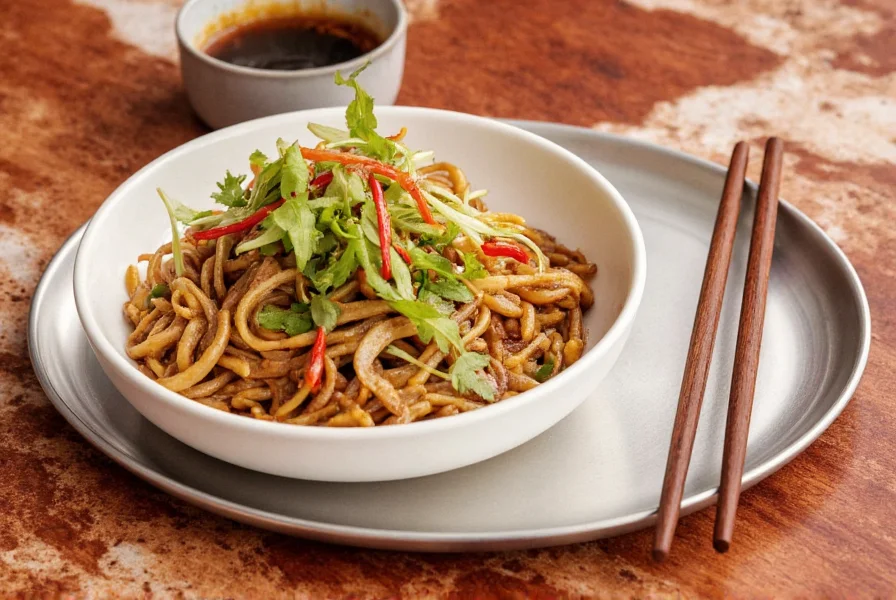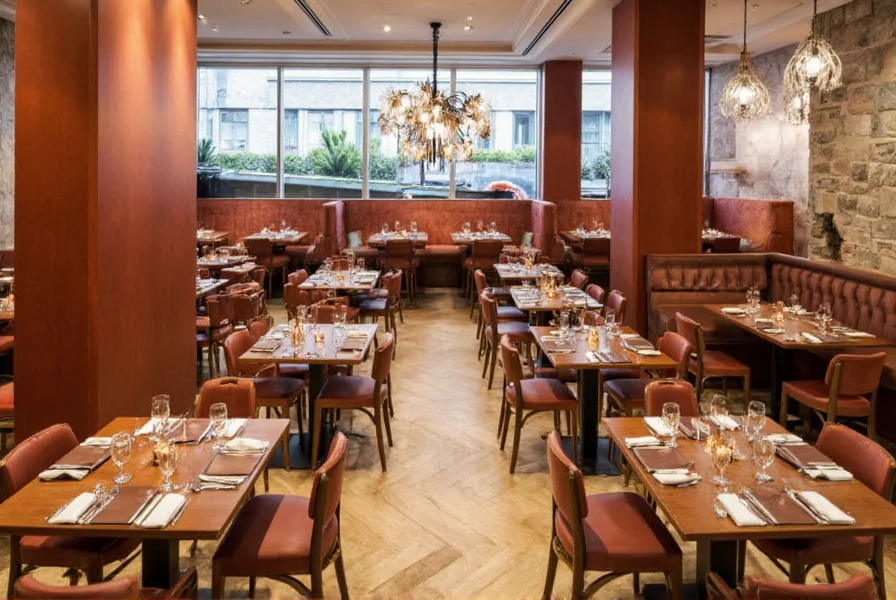Understanding what defines a ginger bistro requires examining both its culinary foundations and dining atmosphere. Unlike standard Asian restaurants or conventional bistros, this hybrid concept creates a distinctive niche in the modern restaurant landscape. The "ginger" element isn't merely a passing ingredient but serves as the conceptual anchor that influences menu development, flavor balancing, and even beverage selections.
Defining the Ginger Bistro Concept
Ginger bistros emerged during the early 2000s as chefs sought to bridge the gap between casual dining and authentic ethnic cuisine. These establishments deliberately avoid the formality of fine dining while maintaining higher quality standards than typical fast-casual Asian restaurants. The term "bistro" signals a focus on chef-driven dishes, intimate settings, and wine-friendly menus, while "ginger" establishes the predominant flavor direction.
What separates a true ginger bistro from other Asian fusion concepts is its commitment to ginger as a central flavor component rather than just one element among many. Chefs at reputable ginger bistros develop multiple applications for ginger across the menu—from pickled preparations in appetizers to complex reductions in main course sauces. This dedication to a single flavor profile creates culinary coherence that many fusion restaurants lack.

Culinary Characteristics of Authentic Ginger Bistros
The menu structure at a quality ginger bistro typically follows traditional bistro organization while incorporating Asian ingredients. You'll find small plates designed for sharing, substantial main courses, and thoughtfully crafted desserts that often incorporate ginger in unexpected ways. Unlike generic "Asian fusion" establishments, ginger bistros maintain clear flavor boundaries that prevent dishes from becoming confusing flavor collisions.
| Menu Category | Signature Ginger Bistro Elements | Distinguishing Features |
|---|---|---|
| Appetizers | Ginger-soy dipping sauces, pickled ginger variations, ginger-infused broths | Focus on texture contrast with ginger elements |
| Main Courses | Ginger-based reductions, ginger-scallion preparations, ginger-miso blends | Balanced heat levels with ginger as accent, not dominant flavor |
| Desserts | Ginger-poached fruits, ginger-citrus creams, crystallized ginger garnishes | Subtle ginger presence that complements rather than overwhelms |
| Beverages | Ginger-infused cocktails, house-made ginger sodas, ginger-tea pairings | Integration with food menu for complete dining experience |
Dining Experience Expectations
When visiting a ginger bistro, patrons should anticipate a specific atmosphere that distinguishes it from both traditional Asian restaurants and French bistros. The decor typically blends warm wood tones with subtle Asian design elements—think shoji screen accents rather than full traditional Asian motifs. Seating arrangements favor intimate tables over large group configurations, supporting the bistro's emphasis on quality conversation and food appreciation.
Service style at reputable ginger bistros combines the knowledgeable attentiveness of fine dining with the relaxed pace of casual establishments. Staff can typically explain the ginger elements in each dish and offer thoughtful pairing suggestions. Unlike many Asian restaurants where dishes arrive continuously, ginger bistros often follow the French service model with courses arriving at deliberate intervals.
Price points generally position ginger bistros in the upper-casual category—more expensive than neighborhood sushi bars but less than formal fine dining. Most quality establishments maintain entree prices between $18-$28, with thoughtfully priced tasting menu options for special occasions. This pricing reflects the higher ingredient quality and culinary technique while remaining accessible for regular dining.
Finding Quality Ginger Bistro Experiences
Not all restaurants using "ginger" in their name deliver authentic ginger bistro experiences. Discerning diners should look for specific indicators of quality. The menu should demonstrate thoughtful integration of ginger across multiple dishes rather than featuring it as a novelty ingredient in one or two items. Staff knowledge about ginger preparations and flavor pairings serves as another reliable quality marker.
Seasonal menu changes represent another hallmark of quality ginger bistros. Since fresh ginger quality varies throughout the year, top establishments adjust their preparations accordingly—using young spring ginger differently than mature winter ginger. Menus that remain static year-round often indicate less commitment to the concept's culinary foundations.
What Diners Should Know Before Visiting
Understanding certain aspects of the ginger bistro concept enhances the dining experience. These establishments typically welcome reservations for dinner service but may operate first-come, first-served for lunch. Many feature chef's tasting menus that showcase seasonal ingredients with ginger as the unifying element. Dietary accommodations are generally available with advance notice, though the fusion nature of the cuisine requires clear communication about specific restrictions.
When evaluating whether a particular ginger bistro matches your expectations, consider these practical factors:
- Menu depth in ginger preparations beyond basic stir-fry applications
- Wine and cocktail list integration with Asian flavors
- Staff knowledge about ginger varieties and their culinary uses
- Balance between traditional bistro elements and Asian influences
- Consistency of ginger presence across all menu sections
The most successful ginger bistros create a cohesive culinary narrative where ginger serves as the through-line connecting diverse dishes. Rather than feeling like random Asian additions to French cuisine, the best establishments demonstrate thoughtful integration where each ginger application serves a specific flavor purpose.
Common Questions About Ginger Bistros
What distinguishes a ginger bistro from a regular Asian restaurant?
A ginger bistro specifically centers ginger as a unifying flavor element across the entire menu while blending French bistro service style and structure with Asian ingredients. Unlike general Asian restaurants that may cover multiple regional cuisines, ginger bistros maintain a focused culinary identity with ginger as the signature ingredient in thoughtfully integrated applications rather than just one component among many.
Do all dishes at a ginger bistro contain ginger?
While ginger serves as the conceptual foundation, not every dish necessarily contains ginger. Quality ginger bistros thoughtfully incorporate ginger where it enhances the dish, with some menu items featuring it prominently while others use it more subtly as part of complex flavor profiles. The best establishments maintain ginger as a unifying element throughout the menu without making it overwhelming or present in every single item.
What types of cuisine blend best in a ginger bistro concept?
The most successful ginger bistros typically blend French culinary techniques with Japanese, Chinese, or Vietnamese flavor profiles. French cooking methods provide the structural foundation while Asian ingredients—particularly various ginger preparations—deliver distinctive flavor elements. This combination creates sophisticated dishes where neither cuisine dominates, resulting in truly integrated fusion rather than simple ingredient substitution.
Are ginger bistros suitable for special occasions?
Yes, many quality ginger bistros offer excellent special occasion experiences. Their elevated casual atmosphere strikes a balance between too formal and too casual, making them appropriate for celebrations without requiring strict dress codes. Most feature tasting menu options, wine pairings, and attentive service that enhance special dining experiences while maintaining the relaxed bistro atmosphere.











 浙公网安备
33010002000092号
浙公网安备
33010002000092号 浙B2-20120091-4
浙B2-20120091-4